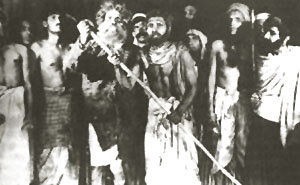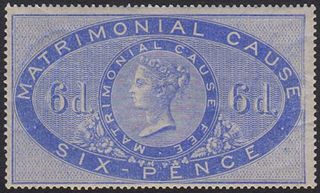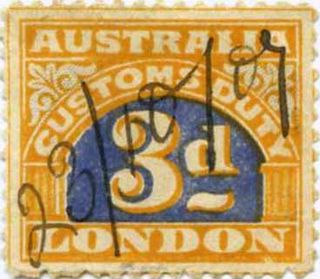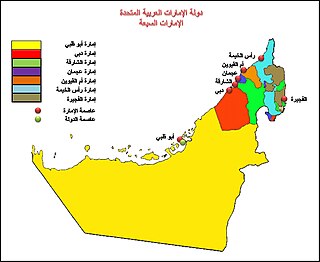Related Research Articles
Pargana or parganah, also spelt pergunnah during the time of the Sultanate period, Mughal times and British Raj, is a former administrative unit of the Indian subcontinent and each parganas may or may not be subdivided into pirs. Those revenue units are used primarily, but not exclusively, by the Muslim kingdoms. After independence the Parganas became equivalent to Block/ Tahsil and Pirs became Grampanchayat.

Bengali theatre primarily refers to theatre performed in the Bengali language. Bengali theatre is produced mainly in West Bengal, and in Bangladesh. The term may also refer to some Hindi theatres which are accepted by the Bengali people.
The history of cricket in Bangladesh predates the foundation of the Bangladeshi state in 1971 by nearly two centuries. Cricket was introduced to Bengal by the British in the eighteenth century but its growth in East Bengal was slow. Following Partition and the creation of East Pakistan, both first-class and Test cricket were played there during the 1950s and 1960s. Although cricket continued to be popular after independence, especially in Dhaka, the country lost first-class status and had to establish itself in international competition as an Associate Member of the International Cricket Council (ICC).

Postage stamps of Pakistan are those issued since Pakistan's independence in 1947. Pakistan Post has issued more than 600 sets and singles totalling more than 1300 stamps. Immediately after the independence of Pakistan in 1947, the new Pakistan government was preoccupied with setting up the government so British Indian stamps continued in use without an overprint as was the practice in other countries.
Bangladesh first issued its own postage stamps upon gaining independence in 1971. A set of eight stamps, with various motifs including a map of the country, were issued. Shortly after, stamps in eight values were overprinted "Bangladesh Liberated" in both English and Bengali were prepared in the United Kingdom, but only three values were issued in Bangladesh.

Bahrain first used the postage stamps of British India before eventually issuing its own stamps in 1960.

India has been a heavy user of revenue stamps, both before and after independence. The first revenues were issued in the mid-nineteenth century and they are still being issued to this day. Apart from issues for the whole of India, many princely states, provinces and other states also had or still have their own revenue stamp issues.

Martin Erler was a German philatelist who was an expert on the revenue stamps of Germany who with John A. Norton wrote the only comprehensive catalogue of German revenue stamps.

Revenue stamps of Malta were first issued in 1899, when the islands were a British colony. From that year to 1912, all revenue issues were postage stamps overprinted accordingly, that was either done locally or by De La Rue in London. Postage stamps also became valid for fiscal use in 1913, so no new revenues were issued until 1926–30, when a series of key type stamps depicting King George V were issued. These exist unappropriated for use as general-duty revenues, or with additional inscriptions indicating a specific use; Applications, Contracts, Registers or Stocks & Shares. The only other revenues after this series were £1 stamps depicting George VI and Elizabeth II. Postage stamps remained valid for fiscal use until at least the 1980s.

Revenue stamps of the United Kingdom refer to the various revenue or fiscal stamps, whether adhesive, directly embossed or otherwise, which were issued by and used in the Kingdom of England, the Kingdom of Great Britain, the United Kingdom of Great Britain and Ireland and the United Kingdom of Great Britain and Northern Ireland, from the late 17th century to the present day.

Australia issued revenue stamps from 1907 to 1994. There were various types for different taxes. In addition to Commonwealth issues, the states of New South Wales, Queensland, South Australia, Tasmania, Victoria and Western Australia as well as the territories Australian Capital Territory, North Australia and Northern Territory also had their own stamps.

The Australian state of South Australia issued revenue stamps from 1894 to 2003. There were various types for different taxes.

Pakistan first issued revenue stamps when it became independent in 1947 and continues to issue revenues to this day. In addition to national issues, the provinces of Balochistan, North West Frontier, Punjab, Sindh, as well as Azad Jammu and Kashmir, West Pakistan and the capital Islamabad also have or had their own stamps.

The United Arab Emirates, formerly known as Trucial States, first issued revenue stamps in 1948 and continues to do so to this day. In addition, the emirates of Abu Dhabi and Dubai also had their own separate revenue issues.
References
- ↑ Barefoot, John. British Commonwealth Revenues. 9th edition. York: J. Barefoot, 2012, pp. 65-75. ISBN 0906845726
- [Courtney, R. Howard, Revenue Stamps of Bangladesh, online catalogue, 2014, http://friends.peoria.lib.il.us/community/howardcourtney/revenuecatalog.html.]